Green revolution in the 1960s in India is one of the most significant transformations of the millennium that lifted millions of people out of abject poverty and prevented millions of deaths from hunger. From just around 50 million tonnes, food grain production in India witnessed a massive growth and is expected to cross 316 million tonnes in 2021-22. Consequently, ratio of poverty in India halved from 45% of the population in 1951-52, to 37.2% (2004–05) to and 20.8 in 2019.
However, India’s food grain policies, except for a few spurts of adhoc changes, remain focused and heavily skewed towards a few crops such as paddy, wheat, and sugarcane. The policy environment, owing to a multitude of political and other reasons, continue to favour these crops. Consequently, crops like millets, which were once consumed as mainstream food staples got marginalized. Though MSP (Minimum Support Prices) are announced by the Government, lack of procurement or marketing opportunities continue to be huge problems for the millet growers.
This has led to a huge public health crisis that is not noticeable to many but threatens the nation’s future in the context of burgeoning Non-Communicable Diseases like diabetes. India ranks second with nearly 77 million diabetic patients, a number that scares the medical fraternity as well as the policy makers. If made more affordable and attractive, millets, being one of the most suited foods for diabetics with their significantly low Glycemic Index, can play a huge role here.
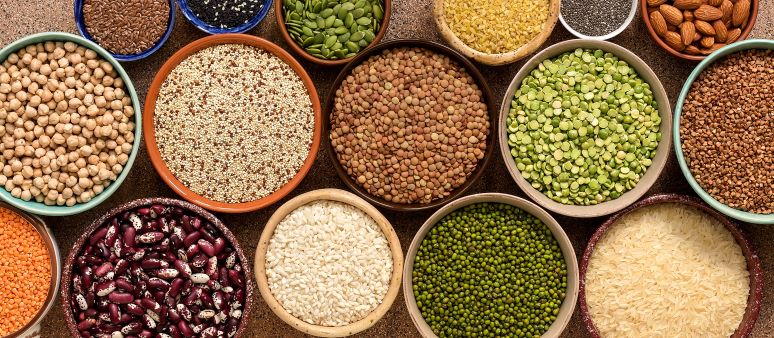
Millets: Nutrition powerhouses
Millets are one of the most nutrition-dense foods and are excellent sources of a wide range of macro & micronutrients (Phosphorus, Magnesium, Folate, Iron), about 7-12% protein, 15-20% dietary fiber, and essential amino acids. A research study by ICRISAT on the nutritional benefits of millets have found that these “smart foods” can boost growth in children and adolescents by 26 – 39% when they replace rice in standard meals. The results suggest that millets can significantly contribute to overcoming malnutrition. So, these ‘Nutricereals’ must be given their due credits in augmenting nutritional security of the nation.
From the ecological conservation, and water security perspectives, millets cultivation requires relatively less amount of water as compared to many other crops. Sorghum, Pearl Millet, and Finger Millet on an average consumer less than 25% of water requirement of sugarcane and banana, and 30% that of rice, (around 4000 litres of water to grow one kg of rice). Their vital role in fighting malnutrition and their enormous direct and indirect contribution towards achieving the SDGs 1, 2, 3, 6, 12, 13, and 15 must be recognized. The United Nations announced the year 2023 as the “International Year of Millets” to elevate their global status, and visibility as nutritious yet eco-friendly attributes to promote awareness among consumers globally.
However, India’s millet area remains stagnant at 17 – 18 million ha with an average productivity of just around a ton per hectare. Millet farmers face huge challenges as these crops are usually cultivated in hilly tracts, and marginal lands with poor or no access to irrigation and where no other mainstream crops can be grown. Mostly these small and marginal farmers are stuck perennially in the vicious cycle of low input, low investment, low output, and low income. Their livelihoods hang perilously owing to their heavy dependence on subsistence, hand-to-mouth farming. Adding to their misery, they lack access to good quality, improved varieties, inputs, storage and processing facilities, and sell their produce usually without any value addition. They usually have poor or no access to formal marketing arrangements, and importantly, credit from formal institutional financial sources.
In this context, it is heartening to see the budget 2023 duly acknowledges their vital role in augmenting India’s food & nutritional security. But, to make the ‘Millet revolution’ successful, the announcement must be complemented with holistic support across the value chain as given below:
- Increased funding for R&D on improved agronomic traits (e.g., resistance against pests, diseases and drought, yield), enhancing nutritional profile (e.g., Micronutrients content) etc.,
- Establishing dedicated storage, processing facilities, to encourage value addition supported by assured marketing and procurement system with significant participation from private players on a mission mode
- Establishing synergistic partnerships for training & capacity building for millet farmers particularly for adoption of better varieties, judicious use of inputs, and financial literacy etc.
- Fostering culinary innovations and NPD (New Product Development), which can be done through promoting entrepreneurship and nurturing start-ups
- Enhancing utilization through direct consumption and using fractions extracted from millets (e.g., dietary fiber) on regular foods like atta.
- A conducive policy & regulatory framework is critical to realize the benefits in the long run, in terms of public health expenditure as people get healthy and prevent losses in human economic productivity due to illness (mainly, NDCs). These may include:
- Providing special grants, tax holidays and/or other sops for example, 150% or 200% of expenditure spent towards R&D on millets can be eligible for tax deduction.
- Similar to egg, Governments can include millet-based foods in the mid-day meals scheme, which can help cultivate healthy eating habits among children.
- Creating wider awareness on the nutritional superiority of millets to enhance acceptance of millet-based foods among public particularly, children
- Channelize funding for all the above activities through the ‘Climate-Smart, Green funding’ obligations including from private venture capital, HNI and philanthropic organizations.
While these are easier said than done, a strong political will with a long-term vision is the critical need of the hour to ensure India’s demographic dividend (of having a larger share of young people) does not turn into a demographic disaster and the country remains firm on its growth trajectory.
Hence, in the above context, the ‘International Year of Millets 2023’ by the United Nations is a great opportunity to elevate the buzz around millets especially on their nutritional superiority to increase their consumption.
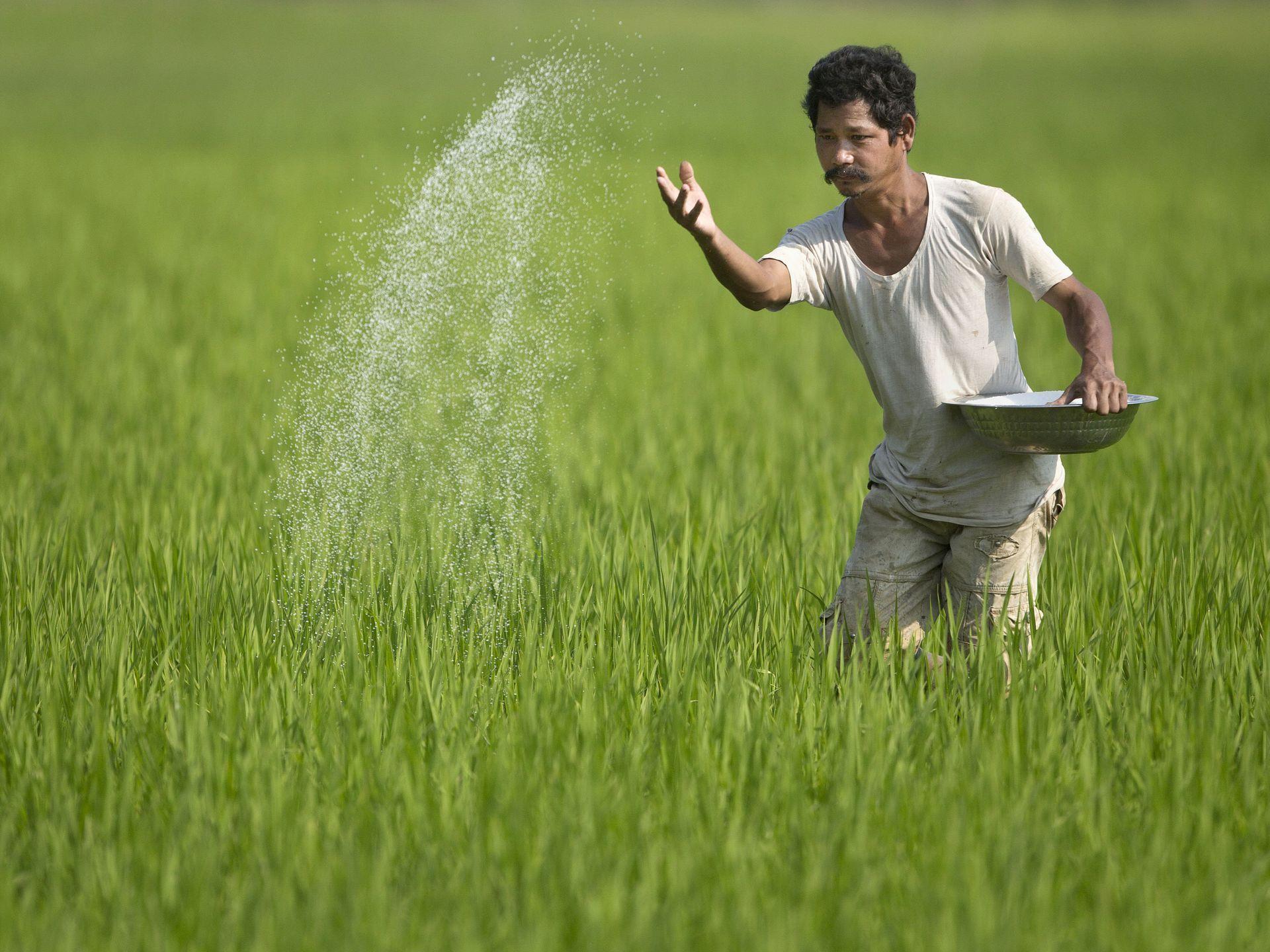
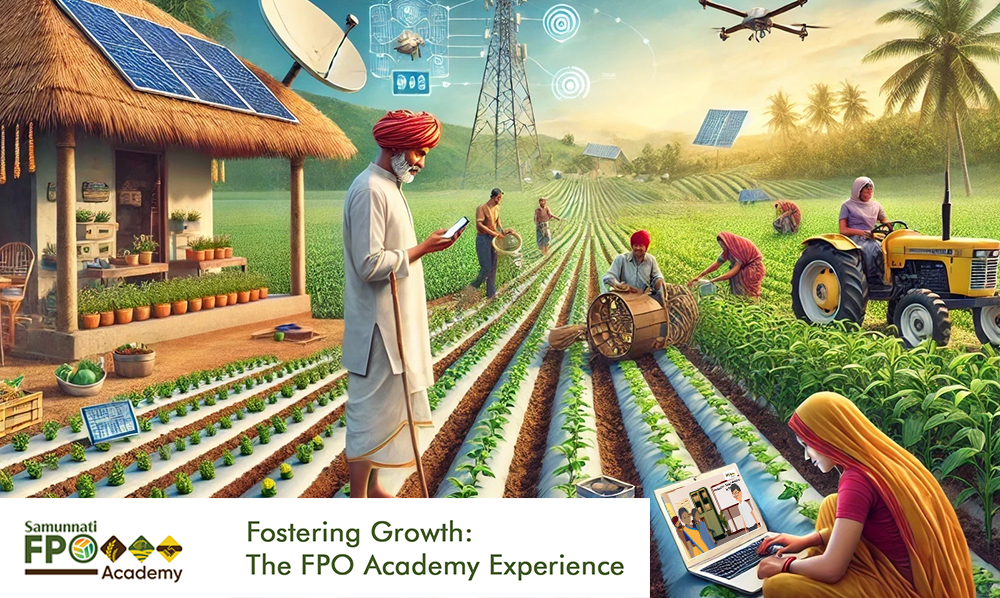
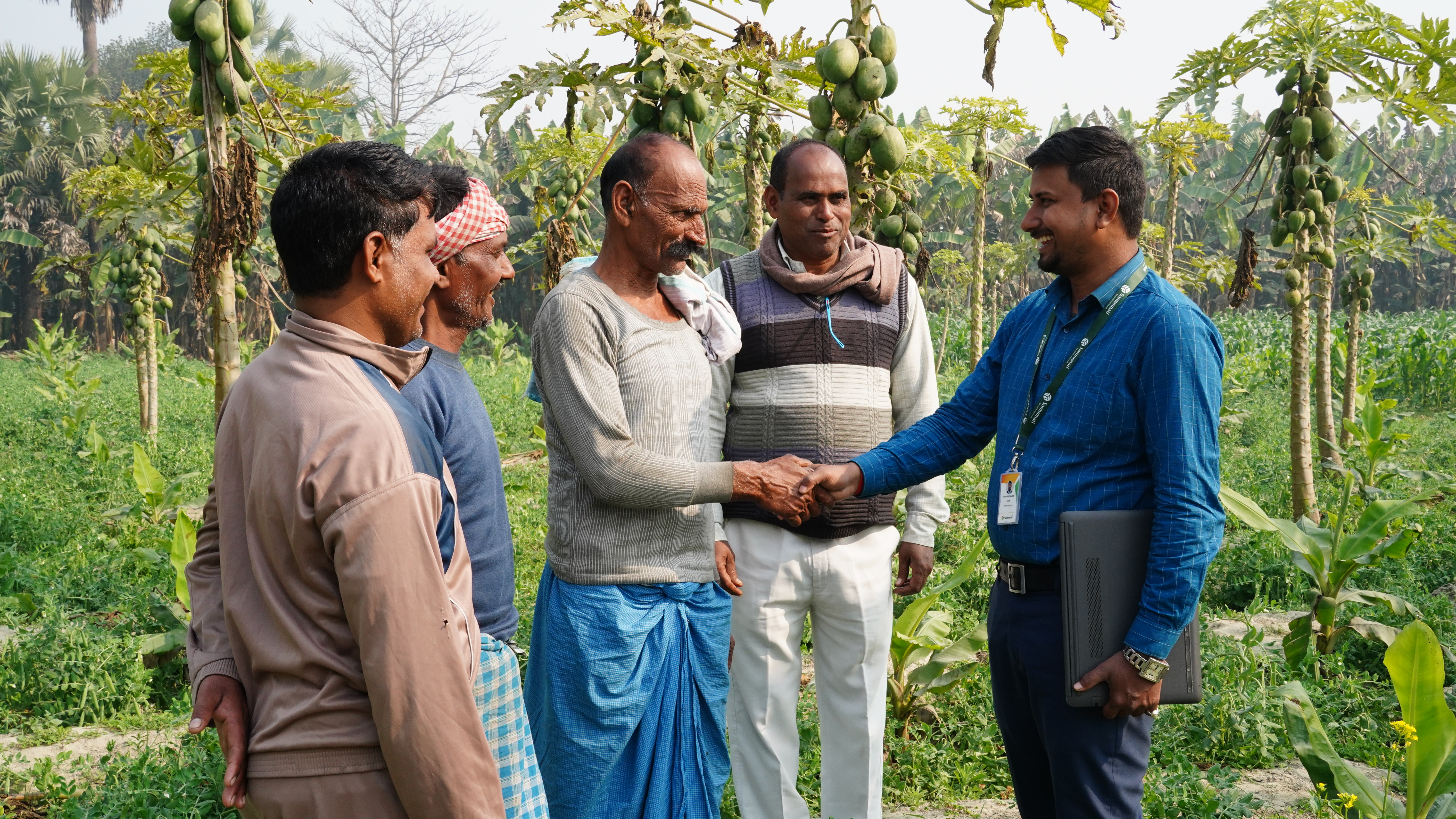
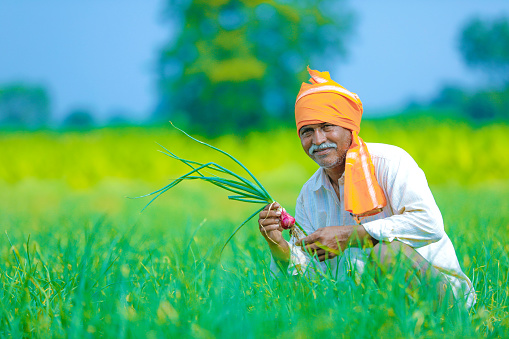
Leave A Comment